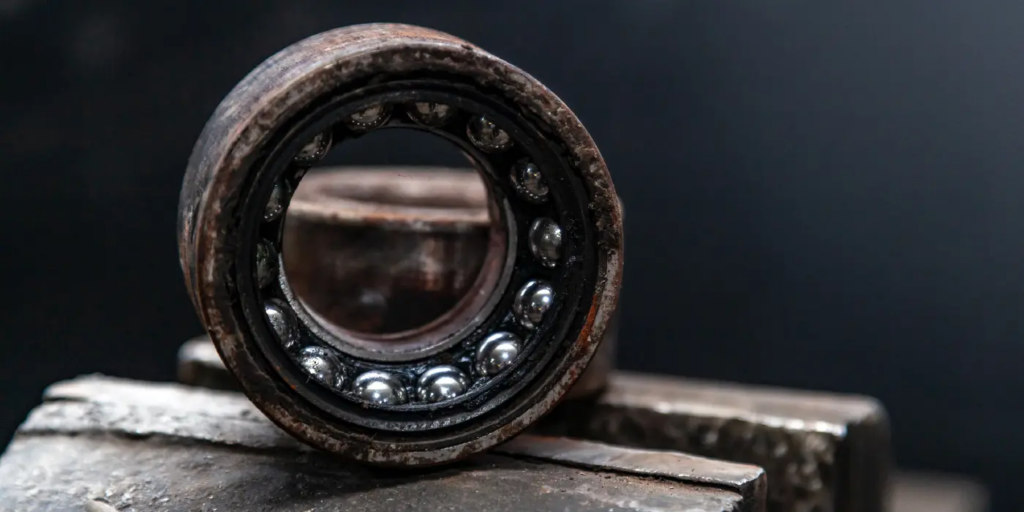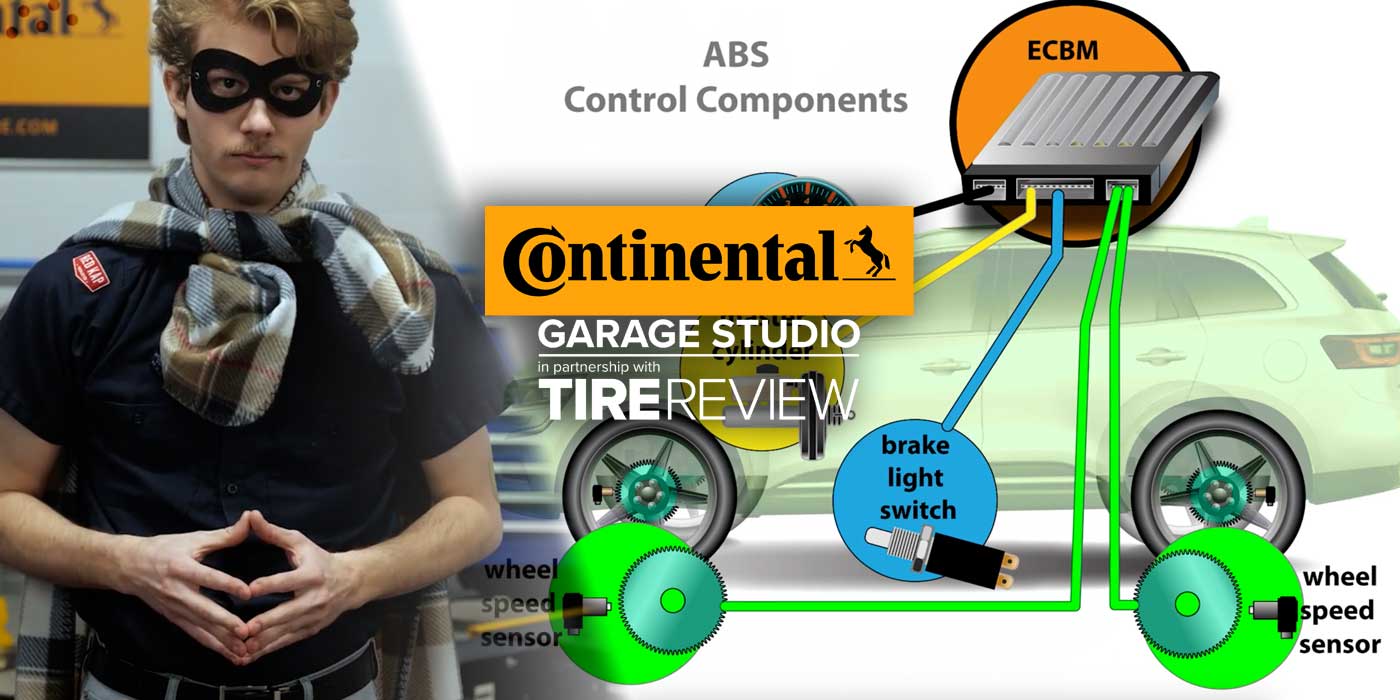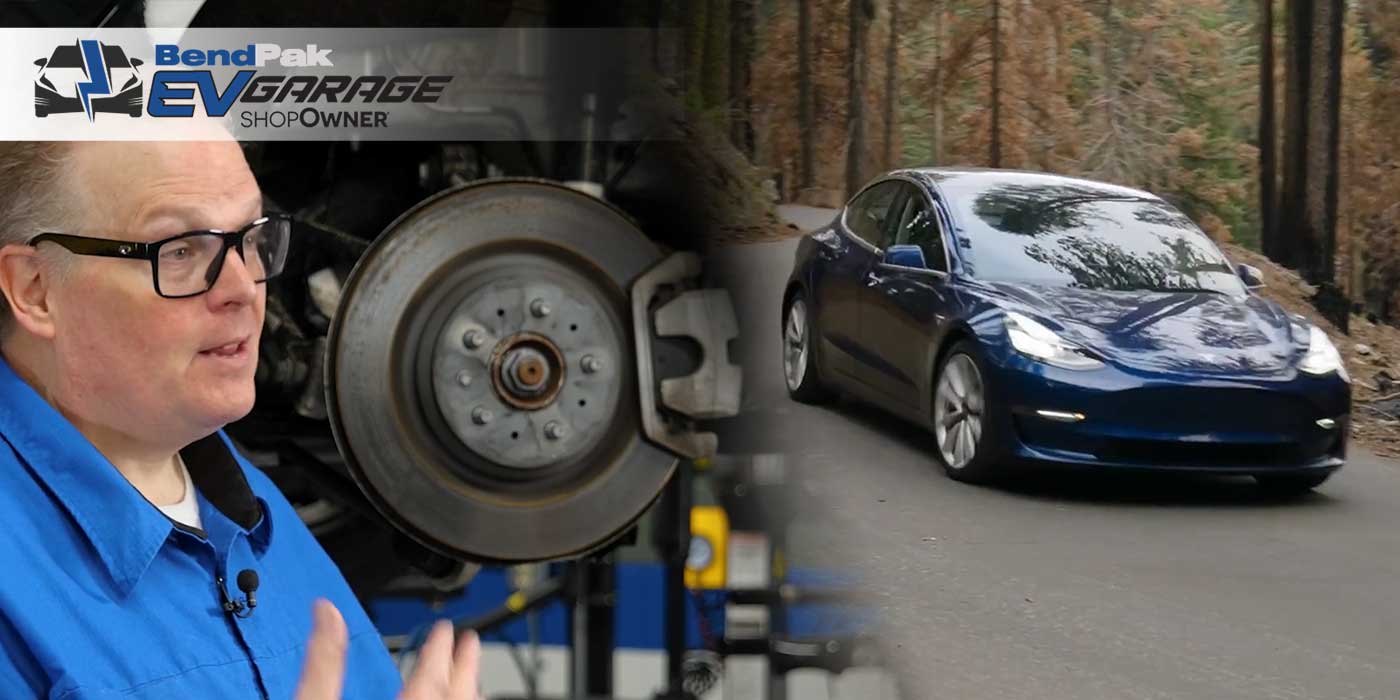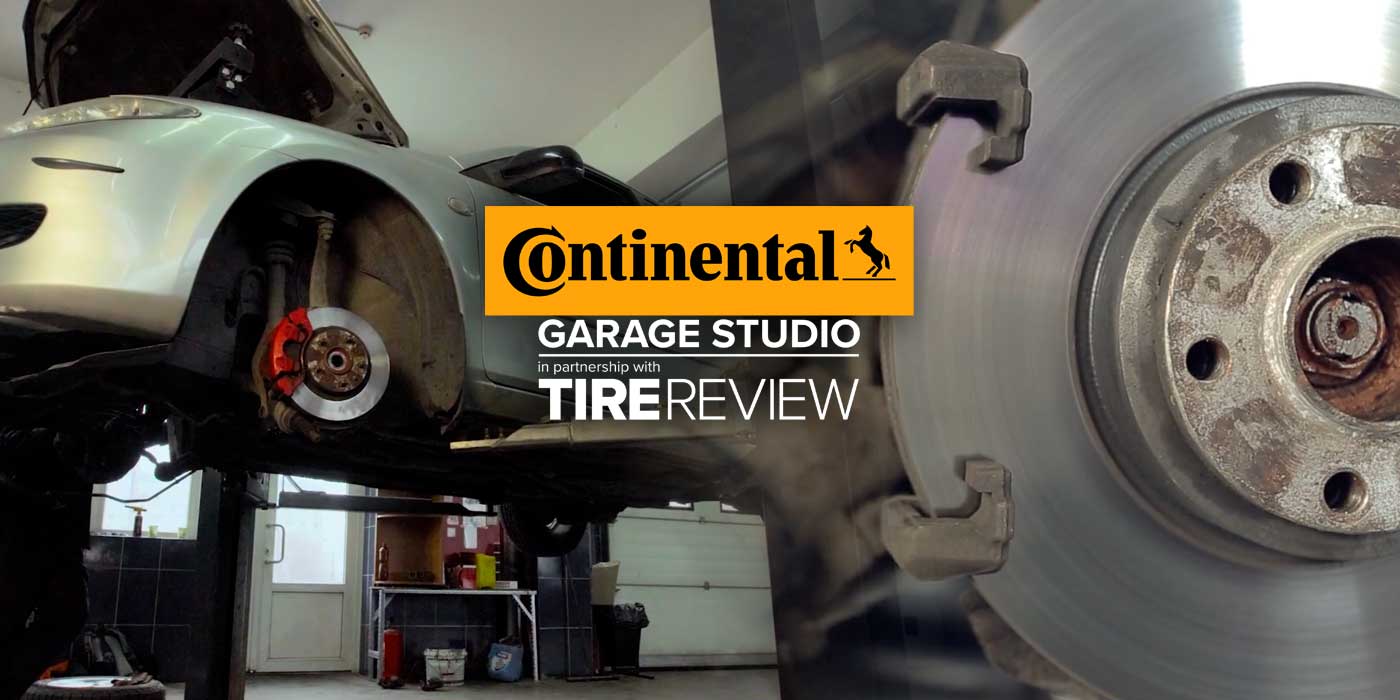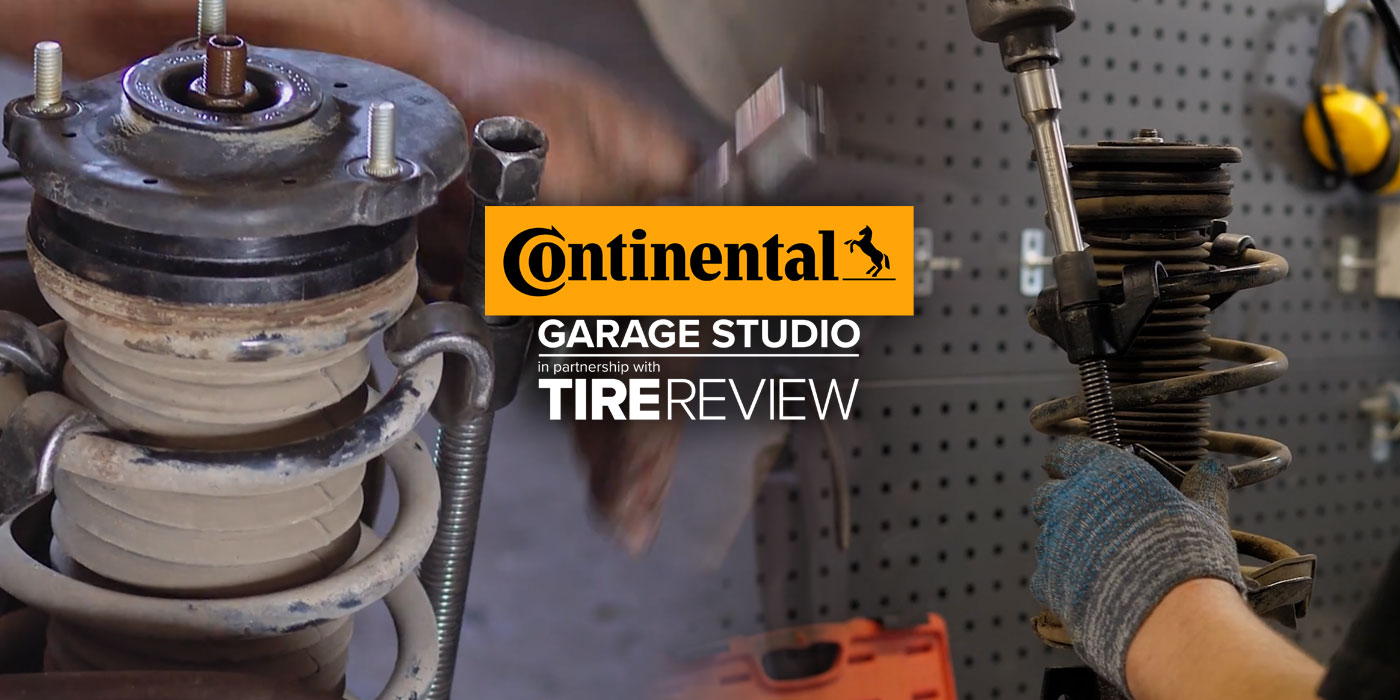Wheel bearings are tiny but mighty. Get this: On a typical passenger vehicle weighing around 3,400 pounds, each pair of front-wheel bearings, as well as the rear-wheel or axle bearings, supports around 850 pounds, depending on the weight balance and driveline configuration. If it’s a 6,000-pound SUV, each bearing might carry about 1,500 pounds. Wheel bearings carry this load on their small bearing surfaces–and we haven’t even started to talk about dynamic loads produced by cornering.
Needless to say, wheel bearings are a critical, serviceable part your technicians need to check when performing other undercar work. According to a recent survey from Tire Review‘s sister publication, Shop Owner, 51% of bad wheel bearings are identified and replaced as a result of a customer complaining about noise, 24 percent are found during a brake job and 19 percent are discovered during an alignment.
Most serviceable wheel bearings need maintenance every 25,000 to 30,000 miles, or during every brake service. The average life of a sealed wheel bearing and hub assembly is about 85,000 to 100,000 miles, without the opportunity for you to repack the bearings. You may have only one chance during a vehicle’s life to replace these parts. If you miss this opportunity, it may be gone forever.
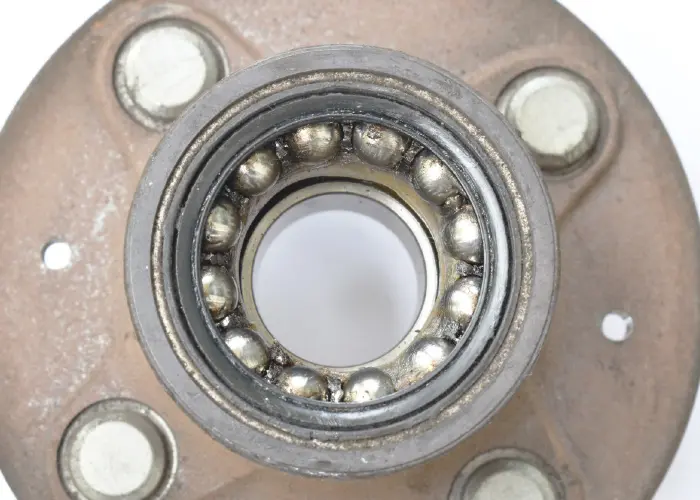
Why Bearings Fail
Bearings carry a lot of load. Add to that the dynamic loads that are put on it, called thrust and radial loads, that are forces the bearing must endure when the vehicle is cornering or braking. Add to that the force of impacts from potholes and curbs.
The inside of a bearing can be a hot place. When a bearing is cooling off, the contracting metal, air and lubricant can create a vacuum that is hopefully held by the seals. If the seals are worn and can’t hold the vacuum, the bearing or sealed hub unit will suck in outside air, debris and water. In some parts of the country that use salt on the roads, it is almost as bad as ocean water on wheel bearings.
As these contaminants circulate through the grease and between the races and bearings, the components wear and possibly change their metallurgy.
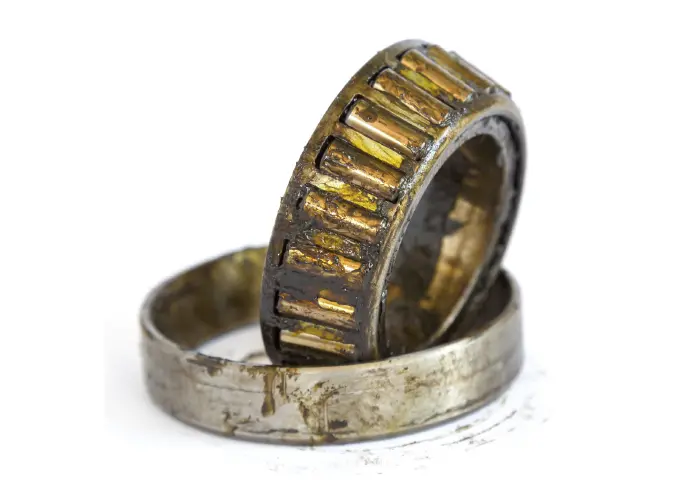
A driver may notice noise coming from the vicinity of the wheel, maybe some steering wander or looseness in the steering, or perhaps abnormal tread wear on the front tires. The noise may change when turning or become louder or even disappear at certain speeds. This noise should not be confused with the clicks and pops produced by a worn outer CV joint on a FWD car. A bad outer CV joint usually only makes noise when turning, not while driving straight ahead.
Once a bearing is worn, the wear rate is accelerated by seals that no longer keep out contaminants, and increased heat may break down and eventually expel the lubricant. This slippery slope can quickly lead to a catastrophic failure.
Looking Closer
When a bearing wears out, it is usually a case of inadequate lubrication, faulty installation or improper adjustment. For the repair to be successful, you must first determine why the previous bearing failed. For sealed hub units, examining the internal bearings and races is impossible, so your investigation must go in another direction.
Interview the customer to find out what kind of roads they typically drive on, as well as what types of loads they carry. If the customer overloads the vehicle, bearing damage could be inevitable.
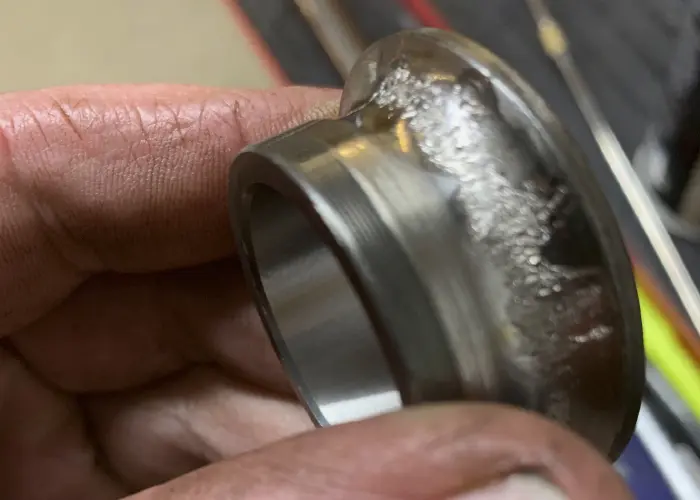
The most common failure pattern for bearings is for those on the passenger side of the vehicle to fail first. The passenger-side bearings are exposed to the most standing water in the gutter. If the bearings on the driver side of the vehicle fail first, take an extremely close look at the passenger-side bearings: failure may not be far behind.
To learn more about the metallurgy of bearing components, read the full article from our sister publication, Brake & Front End, here.

